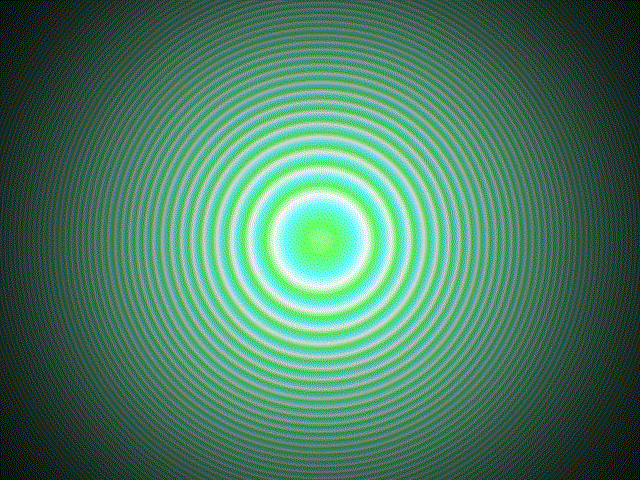Visual physics and mathematics/Quantum Physics
Quantum physics can be summarized by a single great principle, the principle of superposition of states:
Any physical system which can be in the states and can also be in a state where and are any complex numbers.
The same principle can be phrased in an equivalent way :
The space of states of any physical system is a complex vector space.
As far as we know the validity of the superposition principle is not restricted : any physical system. There is not any boundary between quantum systems, which obey the superposition principle, and classical systems, which would not. All known systems are fundamentally quantum systems, because they are all made of quantum particles.
The principle of superposition has three immediate consequences:
- Wave-particle duality. A particle can spread out in space and behave like a wave, because it can be in a state of superposition of states located at different positions.
- Quantum spin. The rotation of a quantum being on itself obeys rules that are incomprehensible from a classical point of view, because a quantum spinning-top can rotate at the same time in one direction and the other, by superposition.
- Quantum entanglement. A quantum system can be in a determined state without its parts being so, because the superposition of several conjunctions of states is not necessarily a conjunction of superposed states.
Spin and entanglement are difficult to represent visually. On the other hand, wave-particle duality can be shown easily, because it is enough to show waves:
This animation shows the quantum state (the wave function) of an initially very localized particle. Luminosity represents the probability of presence. The color represents the phase of the wave function.
A particle can propagate like a wave packet by spreading out slowly:
A particle can also be in a state of superposition of two wave packets:
A quantum particle can therefore interfere with itself.
The interference pattern of a particle with itself can be observed:
Or simulated by calculation:
There is something crazy in this universal validity of quantum superposition. Suppose that and are states of the moon in two different places. If the moon is in the state ), it seems to be in two different places at the same time. This should be a general phenomenon. With quantum superposition, any system can be simultaneously in as many places as one wants. Could Don Juan multiply his affairs in a quantum way ?










